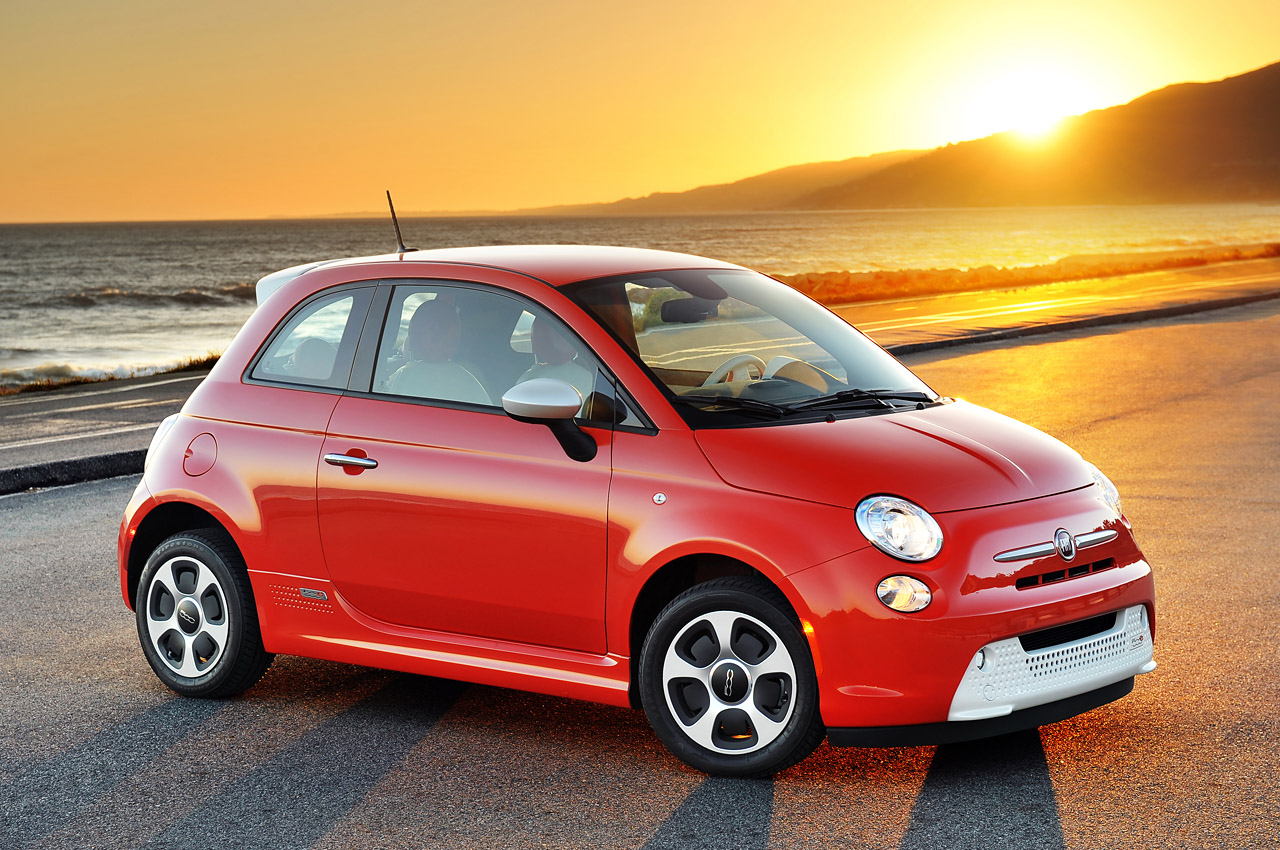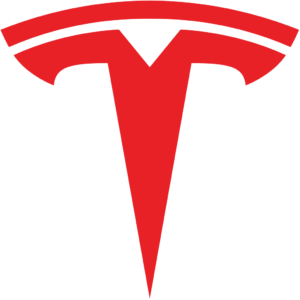How Desperation Stimulates Short-term Rational Thinking…. and Long-term Demise
NOTE: This blog was written in the first two weeks of April, 2020. As such, it cannot and does not anticipate the full effect of the COVID-19 pandemic on the US and global auto industry. Stay tuned…..
In this series of eleven blogs, we will discuss the current situation in Detroit with the traditional “Big 3” – Ford, GM, and Fiat Chrysler (FCAU) – and their upstart rival Tesla. The series will end with specific recommendations as to what the Big 3 must do to survive against Tesla and other electric vehicle manufacturers. The eleven blogs in this series are:
- The Detroit Big 3’s current woes, Part 1
- The Detroit Big 3’s current woes, Part 2
- A brief history of the Big 3’s electric vehicle attempts, Part 1, GM
- A brief history of the Big 3’s electric vehicle attempts, Part 2, Ford
- A brief history of the Big 3’s electric vehicle attempts, Part 3, FCAU and General Big 3 Summary
- What’s so special about Tesla — Part 1, financials and battery performance
- What’s so special about Tesla – Part 2, manufacturing, and cost/time reduction
- What’s so special about Tesla – Part 3, coming Tesla models, etc.
- What’s so special about Tesla – Part 4, Tesla versus emerging competitors
- Why Tesla so successful……..the Company; the Cars
- What’s a poor Big 3 auto company to do now?
A brief history of the Big 3’s electric vehicle attempts, Part 3, FCAU and General Big 3 Summary
Chrysler, now Fiat Chrysler North America (FCA):
- FCA was slow to the electric vehicle party, in part hampered by a perennial lack of funds to match Ford and GM’s efforts. Their early electric effort was their Fiat 500e, launched in 2013. This was absolutely a compliance car, to help balance their portfolio of muscle cars from Dodge and Jeep. However, this effort only drained more funds from the company as their CEO at the time Sergio Marchionne admitted that every sale of a Fiat 500e cost the company about $10,000! Nonetheless, the third generation of the 500e came out in the spring of 2020.
- In mid-2018, Marchionne announced that FCA was committing more than $10 Billion to develop a range of electric vehicles. These plans have been accelerated by FCA’s current management, driven in part by regulatory compliance requirements in the US and Europe.
- FCA for the most part has gone the plug-in hybrid route so far, with the (Chrysler) Pacifica Hybrid (really a plug-in) minivan, launched in 2016, being a prime example of their efforts. This car comes with a 16 kWh battery and a range of about 32 miles.
- In 2019, Jeep launched its Wrangler with a 48-volt “mild” hybrid system, a mere toe in the electric water. This strikes me as a very expensive and relatively ineffective alternative to a pure electric vehicle.
- FCA’s announced electric vehicle plans for their four major product lines, all to be on the market by 2022, are as follows:
Jeep – 10 PHEVs; 4 BEVs
Alfa – 6 PHEVs
Maserati – 8 PHEVs; 4 BEVs
Ram (trucks) – no electrics
Obviously, these are very ambitious plans requiring a lot of capital and engineering talent. The jury is out on the extent to which FCA can execute with competitive and high-quality electric vehicles any time soon.
In December 2019, came more news involving FCA – their proposed merger with French car producer Groupe PSA. It is unclear whether this merger will be consummated, or when. However, it is likely that such a merger will, despite pronouncements to the contrary, cause revamping if not substantial alteration to the scope and timing of FCA’s and Groupe PSA’s electric vehicle product plans.
General Big 3 Summary:
If one thing seems clear, time and again Detroit’s Big 3 have bamboozled the public and Wall Street with promises of competitive electric vehicles, only to disappoint and fall short, sometimes with laughable efforts. Some of these efforts may have been calculated stalls in order to slow the inevitable encroachment of electric vehicles on the Big 3’s century-long model of making money and working through a classical dealer network, where their dealers primarily make their money on parts and service — not on selling new vehicles. Indeed, today dealers have more opportunity to make money on selling used cars than new ones.
Primarily, two forces have stimulated the Big 3’s efforts at all – Tesla’s accelerating model of automotive and business success accompanied by unprecedented levels of customer satisfaction, and the Big 3’s need to comply with US and global environmental regulations. Both forces have dragged the Big 3’s management kicking and screaming into the electric vehicle market. Before that, as I have stated earlier, Detroit regarded battery-powered electric vehicles as a “science experiment”, in the words of Sandy Munro. And what a great science experiment it has turned out to be!
Obviously the Big 3 companies became complacent cranking out millions of big, heavy, expensive, option-laden, fuel hungry vehicles, until belatedly they began to see the writing on the wall for those vehicles. Even when they could read the wall, they were reluctant to believe the message or act on it.
Surely another reason for the Big 3 being late to the electric vehicle party was their ignorance of what was going on in other industries related to the transportation industry – namely oil and gas, solar power and storage, and power generation. Furthermore, Detroit remains way behind the computing and semiconductor state-of-the art that exists in Silicon Valley and other parts of the US. So much of this blindness is a result of the Detroit automakers inbred financially run car culture.
Jack Smith, former CEO of GM, once bragged to a bunch of us new executives brought in to help turn GM around (ha!) that: “GM is the best bank in the world!” Arrrggh! Our collective eyes rolled upward as our careers collapsed at our feet. We all thought we had joined a GM that was aiming to be (or to reclaim the title of) the world’s best automotive designer and producer! Pity us.
If Detroit’s Big 3 top management had just availed themselves of the information in Tony Seba’s 2014 book Clean Disruption of Energy and Transportation and acted upon it, they would have been far ahead. They could have also brought him in house(s) for Board and C-suite executive seminars. They could still profit by doing so, as Tony’s message a) has lost none of its impact, and b) the projections he makes in his book and presentations continue to be right on the mark.
Even if Big 3 executives now see the light and electric cars are not a science experiment, they are woefully burdened in making up lost ground while handicapped with lack of capital, large debt loads, low stock prices and market caps, unfunded pensions, and their hidebound hierarchical bureaucratic cultures. On top of that, they just don’t have the software and battery technology expertise that a competitor such as Tesla has.
It’s ironic that given that their backs are to the wall financially, especially with Coronavirus recession, the Big 3 companies have no choice but to keep pumping out those profitable pickups and SUVs, even though there’s mounting evidence that these ICE-powered vehicles’ demise is on the horizon. The Big 3 companies have no choice but to flood their dealer networks with their traditional vehicles in the greatest “push” in history, with higher dealer incentives, more advertising, etc. Dealers, in turn have the same or greater pressures to move the metal at any price. They will offer customers with “adequate cash or credit” any amount off of MSRP and 84-month financing to move a vehicle. One incentive that is likely to come back in some form is the US government’s “cash for clunkers” program from the 2008 financial crisis.
Blog #6 in this series is: What’s so special about Tesla — Part 1, financials and battery performance
Your feedback in the form of comments or suggestions are welcome in the comment window. Thank you for following my blogs on this site and for participating in my blogging community.
Image courtesy of Autoblog




